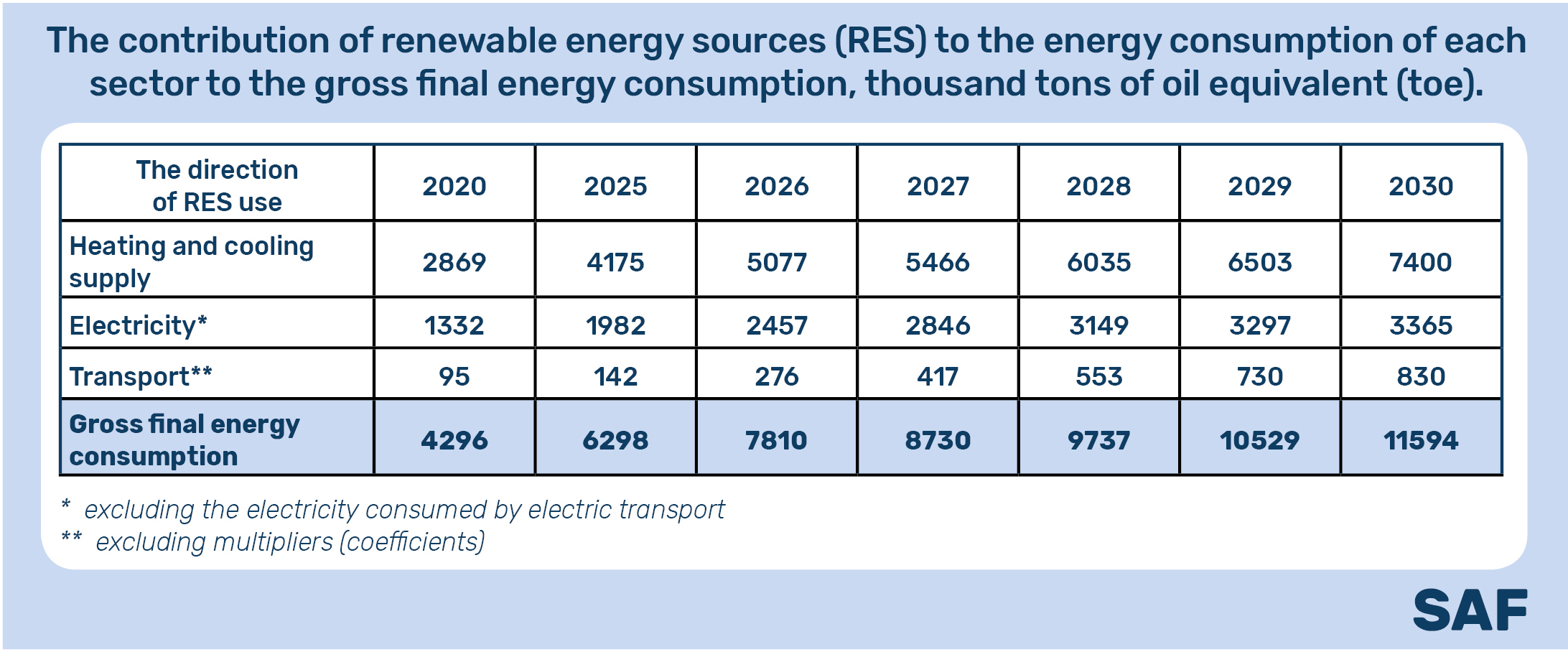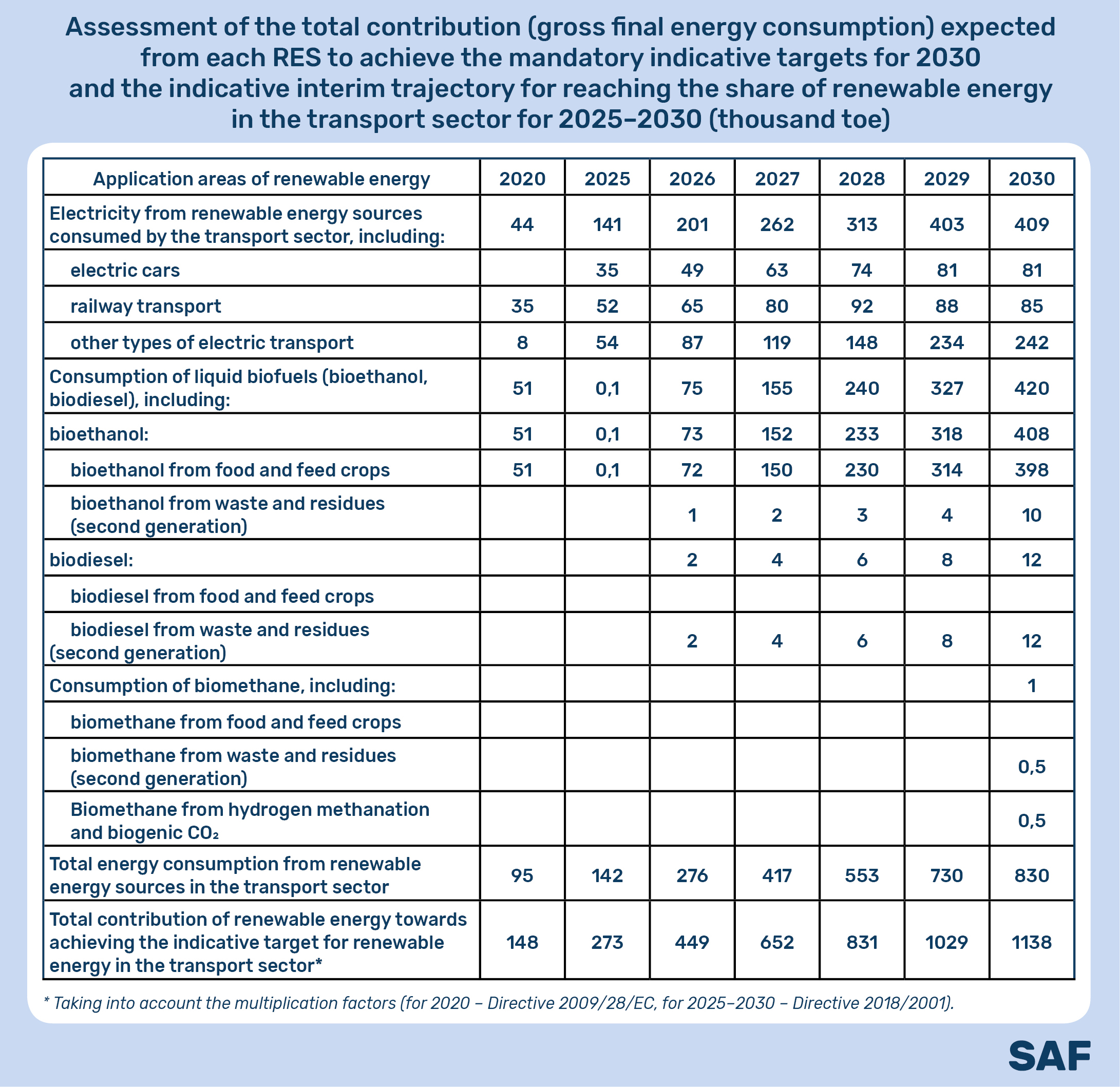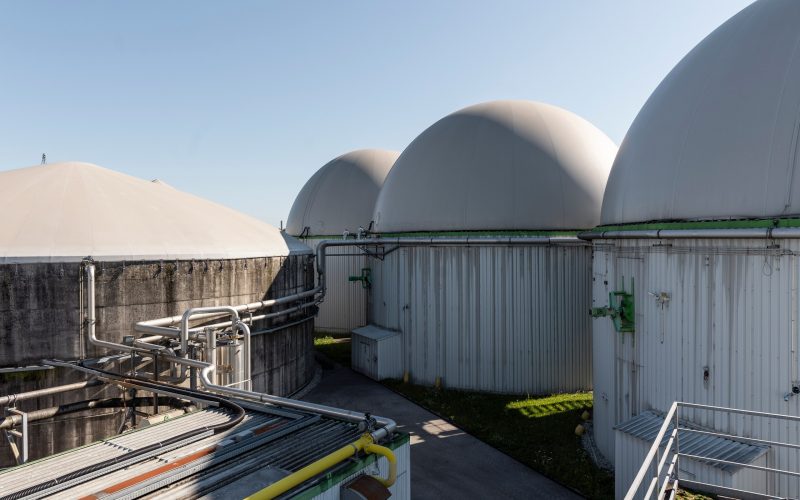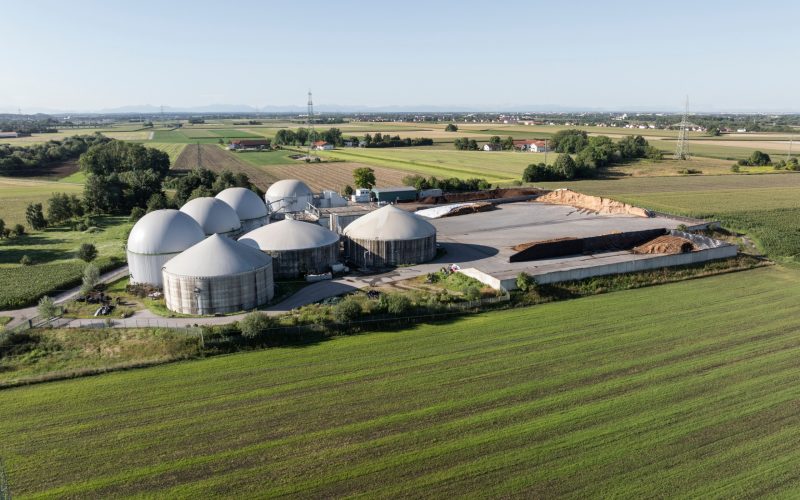Bioenergy in Ukraine until 2030: analysis of the National Renewable Energy Action Plan is now available on SAF
On August 13, the National Renewable Energy Action Plan for the period up to 2030, a document with huge importance, was adopted. For the SAF platform, our expert Semen Drahniev prepared an analysis of the document provisions’ that define the role and place of bioenergy.
According to this document, the share of renewable energy sources (RES) in gross final energy consumption in 2030 will up to 27%:
- in heating and cooling systems – 33%;
- in electricity generation – 29%;
- in the transport sector – 17%.
The National plan includes the implementation of 38 measures to achieve these targets according to the following objectives:
- Development of RES in electricity generation | Funding: $12.6 billion (for the development of RES generation capacities based on biomass and biogas: $1.681 billion);
- Development of RES in heating and cooling systems | Funding: $6.7 billion (for the development of RES heating capacities: $3.419 billion).
- Increasing the use of RES in the transport sector | Funding: $1.25 billion (for the use of bioethanol in the transport sector – $450 million, biodiesel – $19 million, biomethane – $2 million).
- Regulatory and organizational support for the development of RES.
As we can see, the bioenergy sector in Ukraine has significant potential for development, playing a crucial role in achieving the National Plan’s goals. The role of bioenergy is determined by climate conditions, the prospects of the agricultural sector, and the availability of the necessary workforce. Therefore, let’s consider the bioenergy development goals in the National Renewable Energy Action Plan up to 2030 in the following areas: heat energy production, electricity generation, and the use of biofuels in the transport.

Thermal energy
Currently, bioenergy is the most widely used among other RES in heating and cooling systems. The share of thermal energy from biomass in Ukraine is about 98% of all renewable thermal energy (2,797 thousand tons of oil equivalent (toe) in 2020.
It is planned that in the structure of renewable energy consumption in the heating and cooling sector, the contribution of biomass will amount to 5,749 thousand toe per year, and biogas – 235 thousand toe per year by 2030 with a total gross final consumption of energy from RES reaching 7,400 thousand toe per year. Thus, the share of biomass together with biogas will account for nearly 81% of all RES in this sector by 2030.
The development of bioenergy has increased the volumes of renewable heat energy production. The significant potential of this sector:
- solid biomass – 35.3 million toe per year;
- biogas – 1,609 thousand toe per year.
At the same time, conditions must be created to ensure a reliable fuel supply for heat energy facilities.
Electricity
At the beginning of 2024, the installed electrical capacity of biomass and biogas power plants amounted to 319 MW (excluding those located in temporarily occupied territories).
As of the beginning of 2024, Ukraine had:
- 68 biogas installations with a total electrical capacity of 135 MW;
- 24 biomass power plants with a total electrical capacity of 178 MW, operating under the green tariff.
Potential directions for increasing the share of RES in electricity generation:
- the retrofitting of thermal power plants (TPP) and combined heat and power (CHP) plants;
- using biomethane in new high-maneuverability generation units or CHP plants and cogeneration systems that currently use natural gas.
Electricity production from biomass could be increased to 3,850 GWh by 2030 (with a total capacity of approximately 876 MW) in Ukraine, by constructing and commissioning new bioenergy generation capacities.
Transport sector
In 2020, the gross final consumption of energy from RES in the transport sector amounted to 95 thousand toe (148 thousand toe with multipliers according to Directive 2009/28/EC). 51.1 thousand tons are bioethanol/methyl tert-butyl ether produced from bioethanol.
To promote the development of liquid biofuels in the transport sector, the Verkhovna Rada of Ukraine amended several laws concerning the mandatory use of liquid biofuels (bio-components) in the transport industry:
- establishing a mandatory share of liquid biofuels (quotas) in the total annual volume of gasoline sales (5% by volume);
- accounting and monitoring of bio-component content in gasoline;
- establishing responsibility (fines) for non-compliance with quotas;
- introduction of requirements for compliance with sustainability criteria for biofuels in the transport sector.
By 2030, it is planned that the share of energy from renewable sources in the gross final energy consumption of the transport sector will be at least 17%, which, in natural terms, equates to 830 thousand toe.
The consumption of liquid biofuels (bioethanol, biodiesel) will account for 420 thousand toe, including: bioethanol from food and feed crops – 398 thousand toe, bioethanol from waste and residues (second generation) – 10 thousand toe, biodiesel from waste and residues (second generation) – 12 thousand toe. Additionally, the consumption of biomethane from waste and residues (second generation) will be 0.5 thousand toe.

Biomethane
Biomethane is identified as a critical source of energy in the National Plan. It can be used for directly replacing natural gas in the production of thermal and electrical energy. In the transport sector, biomethane can replace various types of motor fuels: compressed natural gas (CNG), gasoline, diesel, liquefied natural gas (LNG), and liquefied petroleum gas (LPG).
Producing biomethane through the upgrading of biogas will enable:
- to inject it into the gas grids;
- to transport it and produce electrical and thermal energy in locations with guaranteed thermal energy demand;
- to facilitate the import of biomethane to European Union countries.
The European Commission’s plan to phase out the consumption of russian fossil fuels by 2030 sets a goal to produce 35 billion cubic meters of biomethane per year. Ukraine has the potential to meet up to 20% of this demand. The total energy potential for the production of biogas/biomethane in Ukraine is estimated at 21.8 billion cubic meters per year (18.7 million toe per year).
Read the full material on the SAF platform.
We remind you that UABIO is a partner of the Sustainable agribusiness platform (SAF).
SAF is a communication platform that brings together agribusiness stakeholders and aims to establish strong links between market players and introduce sustainable approaches in agriculture. For this platform, our team prepares verified professional content on the bioenergy sector.


